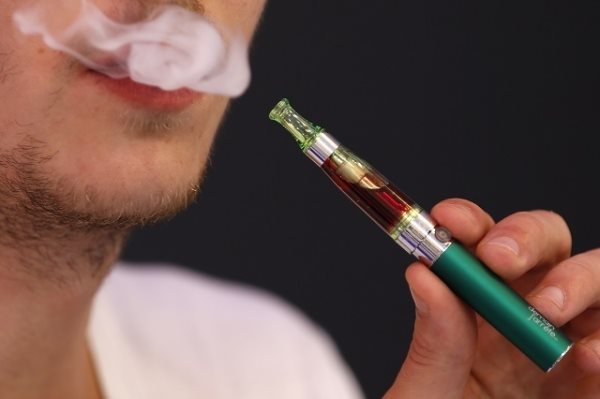High School Students’ Use of Electronic Cigarettes to Vaporize Cannabis.


Abstract
BACKGROUND AND OBJECTIVES:
Electronic cigarette (e-cigarette) use is increasing rapidly among high school (HS) students. Of concern, e-cigarettes can be used to vaporize cannabis, although use rates among adolescents are unknown. We evaluated lifetime rates of using e-cigarettes to vaporize cannabis among all lifetime e-cigarette users (27.9%), all lifetime cannabis users (29.2%), and lifetime users of both e-cigarettes and cannabis (18.8%); common means of vaporizing cannabis including hash oil, wax infused with Δ-9-tetrahydrocannabinol (THC), and dried cannabis; and demographic predictors of using e-cigarettes to vaporize cannabis.
METHODS:
In the spring of 2014, 3847 Connecticut HS students completed an anonymous survey assessing e-cigarette and cannabis use.
RESULTS:
Vaporizing cannabis using e-cigarettes was common among lifetime e-cigarette users, lifetime cannabis users, and lifetime dual users (e-cigarette 18.0%, cannabis 18.4%, dual users 26.5%). Students reported using e-cigarettes to vaporize hash oil (e-cigarette 15.4%, cannabis 15.5%, dual users 22.9%) and wax infused with THC (e-cigarette 10.0%, cannabis 10.2%, dual users 14.8%) and using portable electronic vaporizers to vaporize dried cannabis leaves (e-cigarette 19.6%, lifetime cannabis 23.1%, lifetime dual users 29.1%). Binary logistic regression indicated that male students (odds ratio [OR] = 2.05), younger students (OR = 0.64), lifetime e-cigarette users (OR = 5.27), and lifetime cannabis users (OR = 40.89) were most likely to vaporize cannabis using e-cigarettes. Rates also differed by HS attended.
CONCLUSIONS:
Rates of vaporizing cannabis using e-cigarettes were high. These findings raise concerns about the lack of e-cigarette regulations and the potential use of e-cigarettes for purposes other than vaping nicotine.
Copyright © 2015 by the American Academy of Pediatrics.
- PMID:
- 26347431
- [PubMed – as supplied by publisher]

